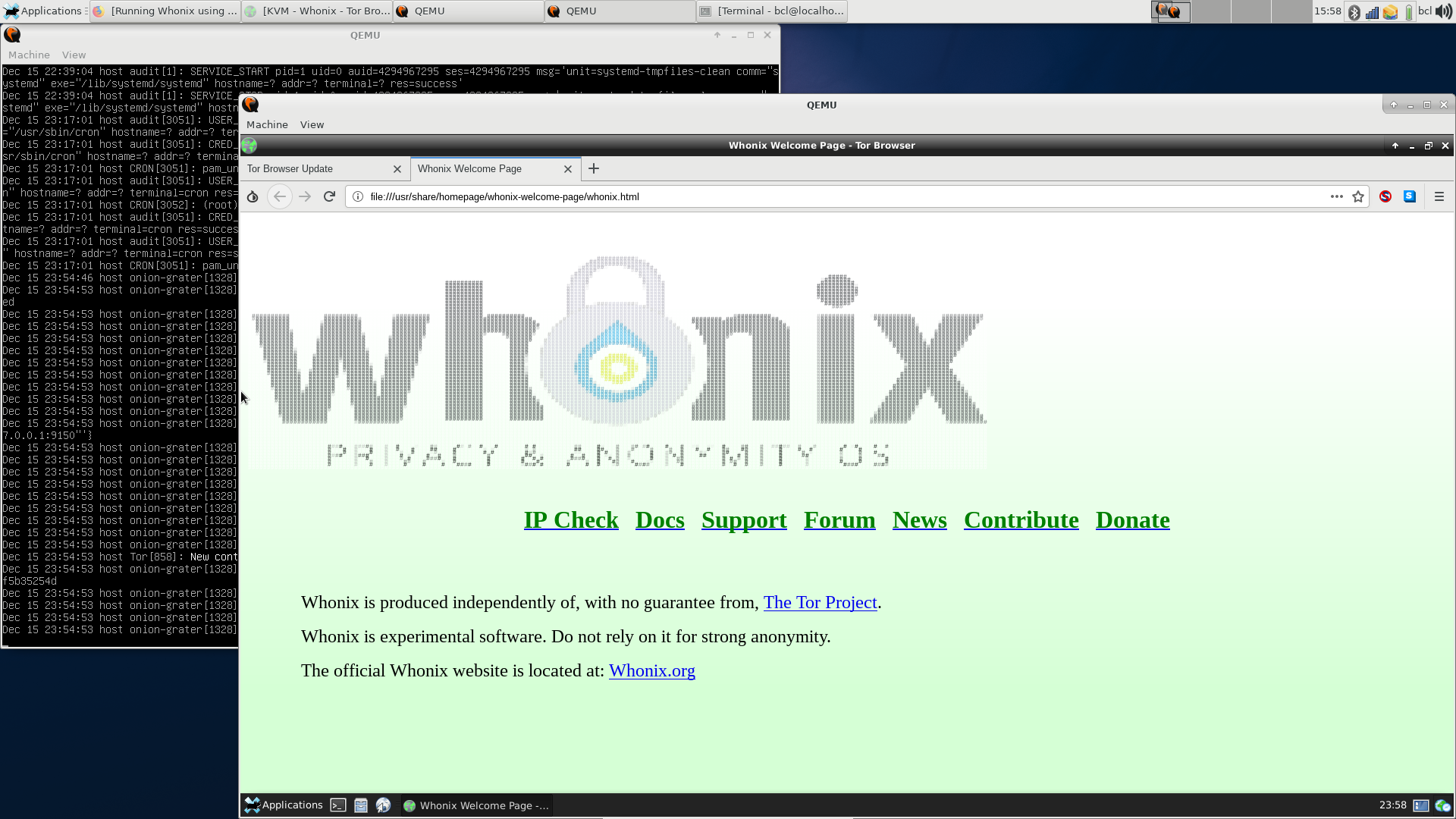letterbox - SMTP to Maildir delivery agent
Letterbox is a simple Go program that accepts SMTP connections and delivers mail to a per-user maildir directory. I use it to gather reports from various services on my LAN without needing to setup postfix or some other more complex MTA.
Usage of letterbox:
-config string
Path to configutation file (default "letterbox.toml")
-host string
Host IP or name to bind to
-maildirs string
Path to the top level of the user Maildirs (default "/var/spool/maildirs")
-port int
Port to bind to (default 25)
The configuration file is written using TOML . You must specify at least one host/network and one email otherwise delivery will fail. For example:


